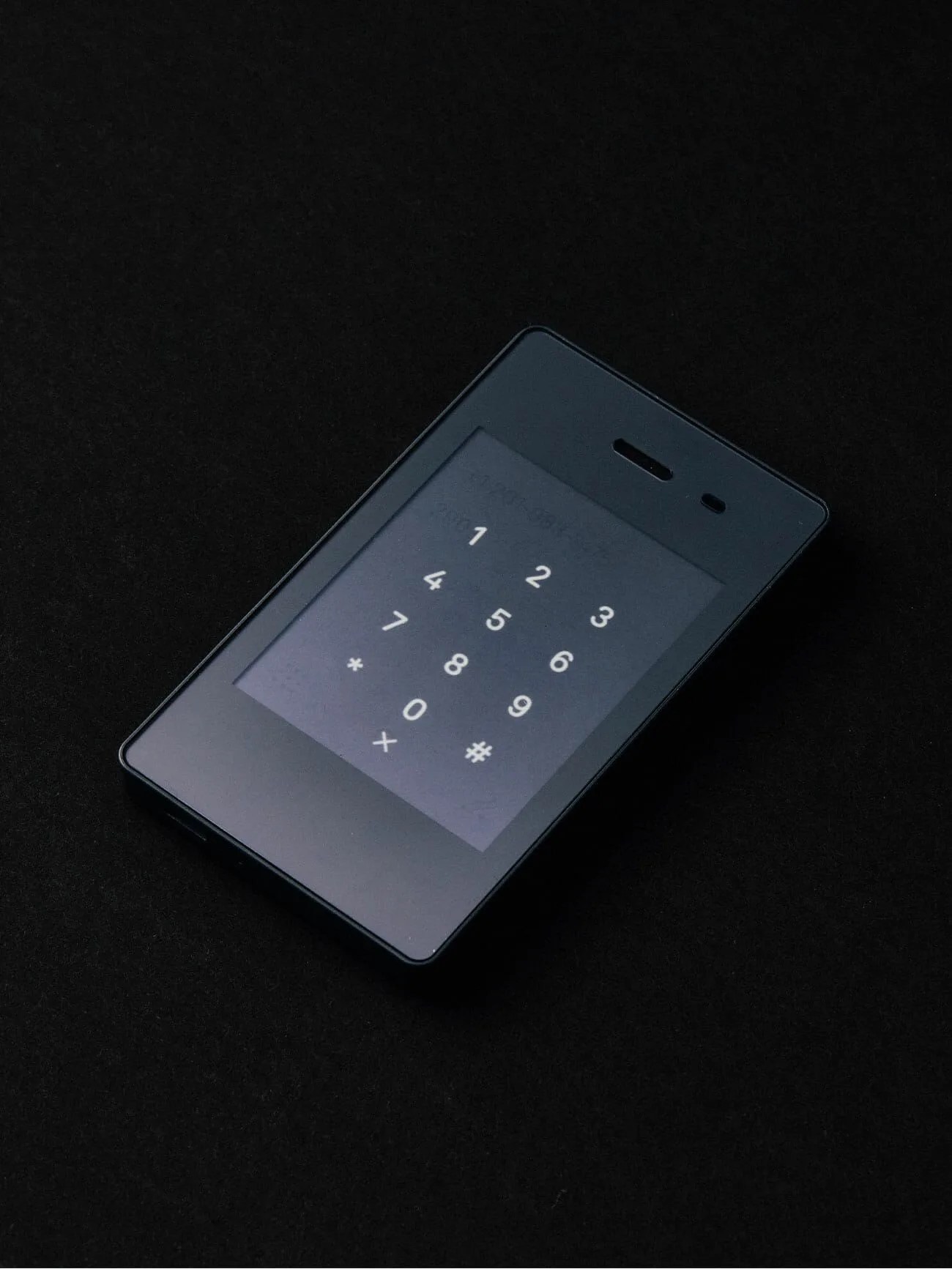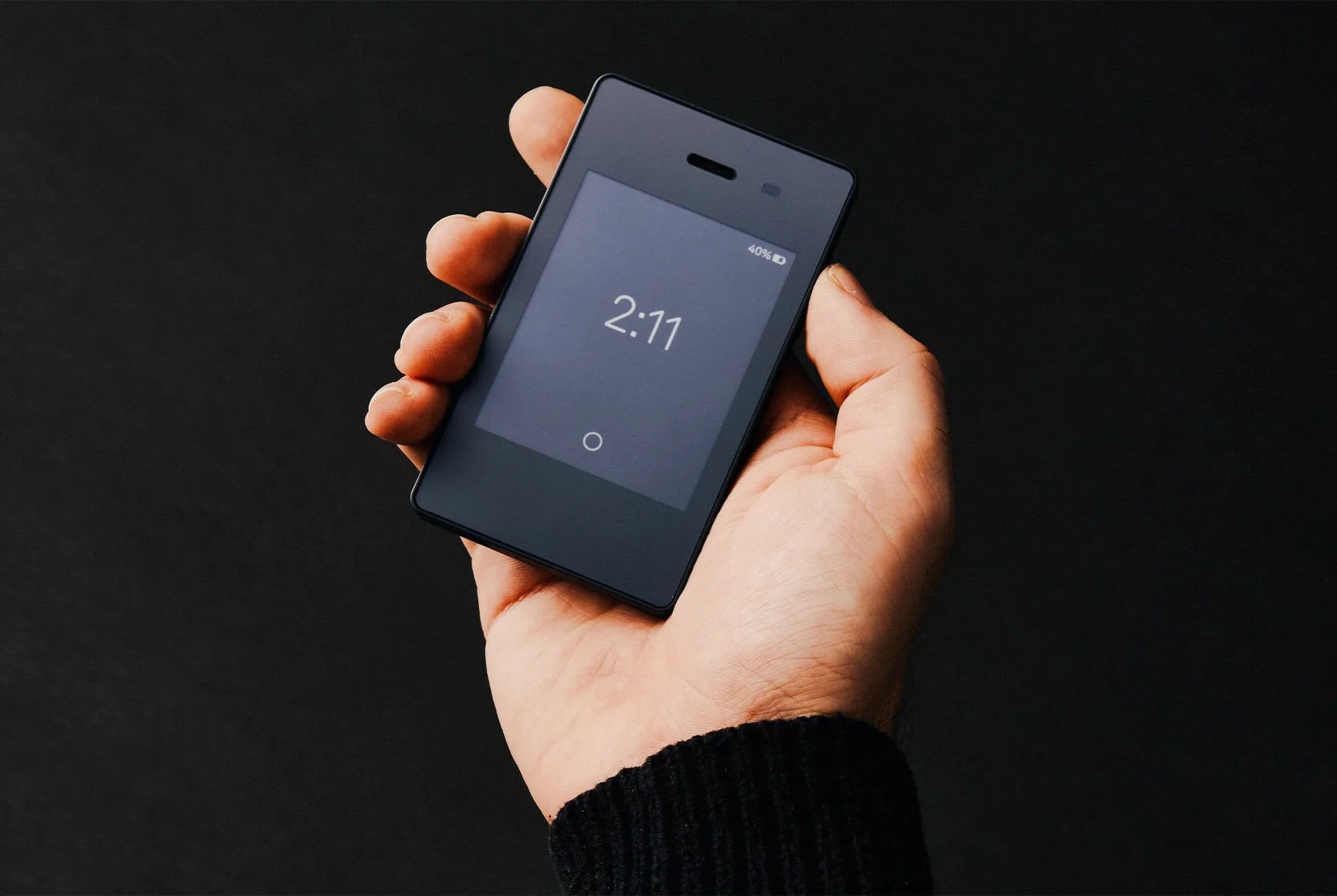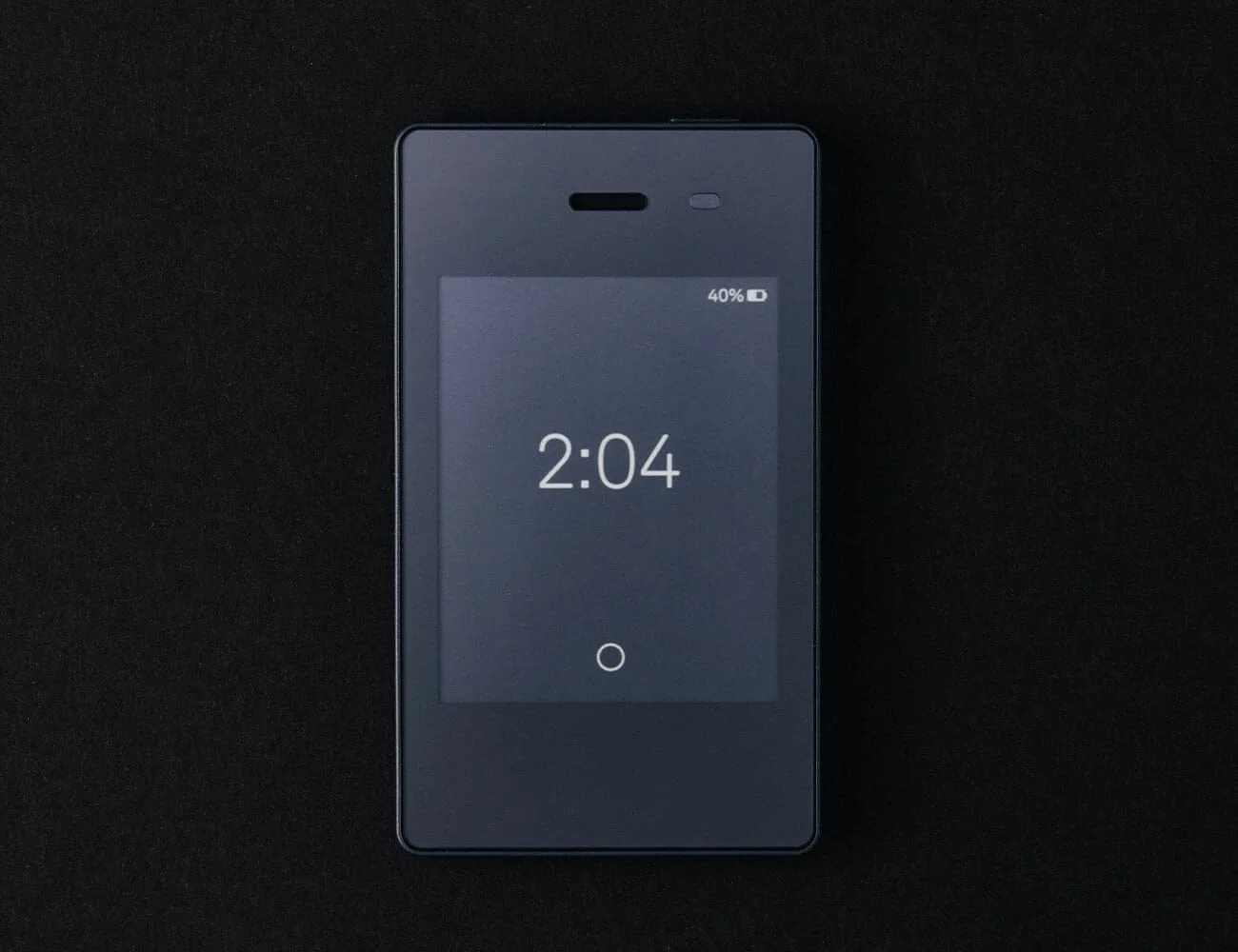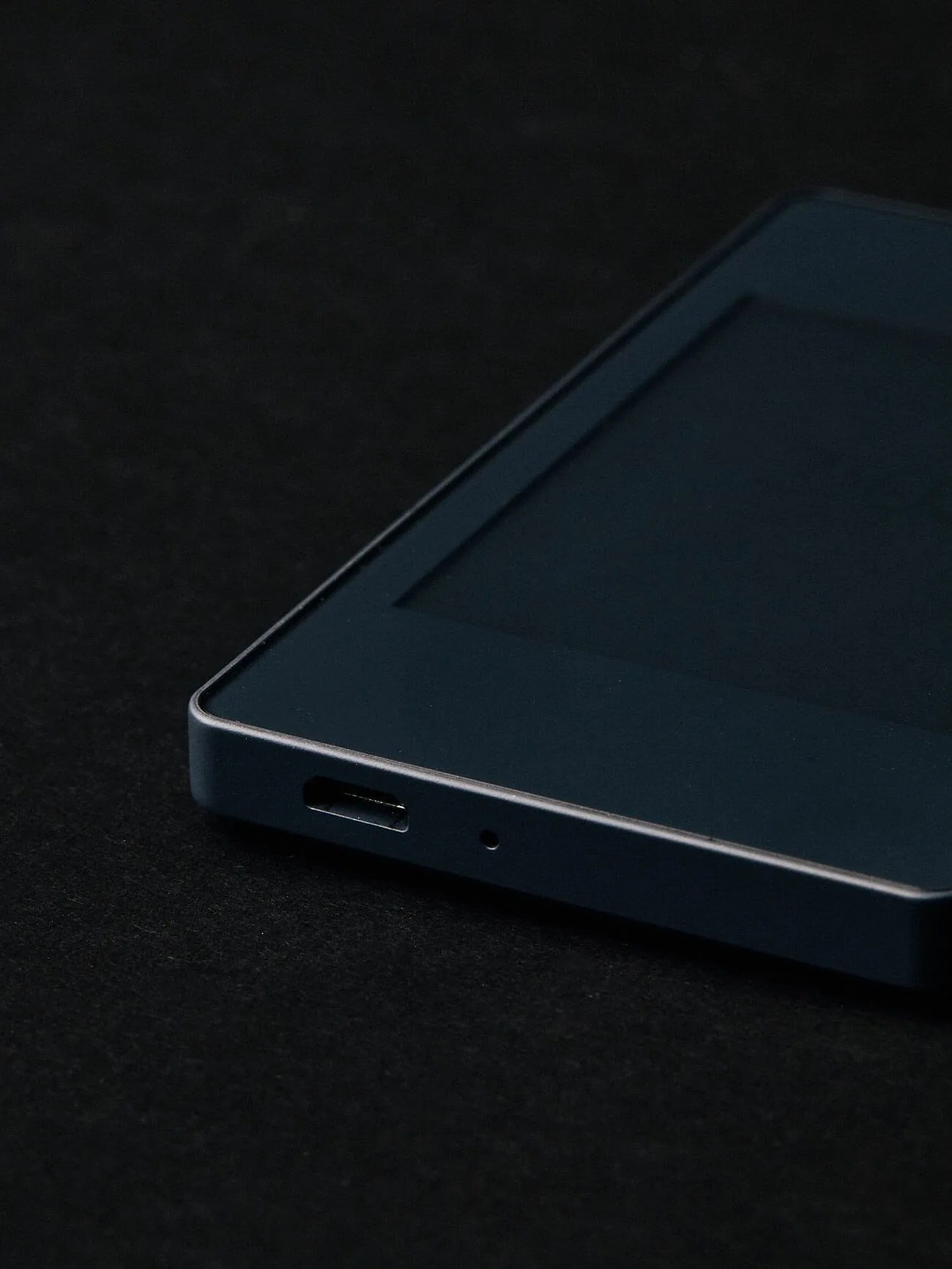It’s not a “dumb” phone. That’s one of the first things that Joe Hollier and Kai Tang, the two founders of Light Phone, corrected me on when I sat down with them early this year. Their preferred nomenclature is “minimalist.” You know, a phone that doesn’t have apps or the distractions of Instagram, Twitter or Gmail, not because it’s dumb, but because it doesn’t want to.
The company’s first minimalist smartphone, the original Light Phone, was announced in 2015 (and then released in 2017) and was wildly successful, raising over $400,000 on Kickstarter. It was pretty bare-bones. It cost $150 and could only make and receive calls and it could only store nine phone numbers. In its defense, it was designed specifically to be a secondary phone.
The Light Phone 2, which started shipping to backers in the fall of 2019, is definitely a more advanced device. It has an E-Ink touchscreen display (the original Light Phone just had an illuminated number pad) and it can send and receive text messages. It has a headphone jack and built-in Bluetooth, too, mainly just for hands-free calling. As for the price, the Light Phone 2 costs $350 (which is just a touch more affordable than a new Google Pixel).

The Light Phone 2 has an E-Ink Touchscreen display and can send and receive texts.
Interestingly, it also has built-in Wi-Fi, which will enable Light Phone 2 to download software updates. Hollier and Tang hope that future OS updates will add features like music, navigation and support for rideshare apps like Lyft or Uber. They hope to add a hotspot feature, too, so that if you need to access the internet, the Light Phone 2 would be able to act as the hotspot for a laptop. Right now, however, the Light Phone 2 is limited to calls, texts and alarms.
The company behind the phone thinks that, in the meantime, the demand for its product will only increase. “After Apple, Samsung and Google introduced their wellness apps, that actually increased a lot of people’s awareness of what smartphones are doing to us,” Tang explained. “It also drove a bunch of investors to us as well.” Those investors include John Zimmer (Lyft cofounder), Tim Kendall (former president of Pinterest and current CEO of Moment) and Scott Belsky (Adobe Chief Product Officer).


